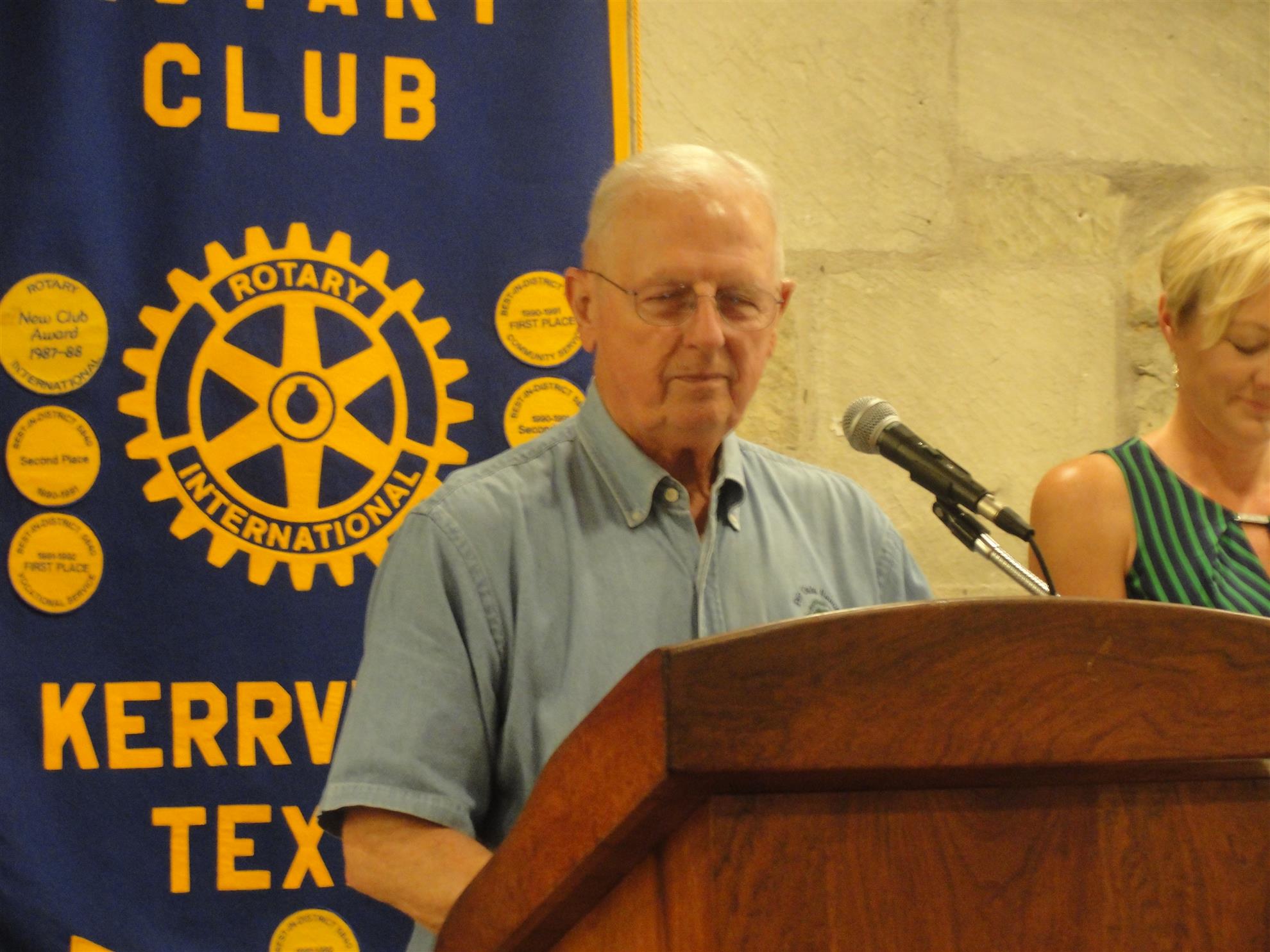American Revolution
1776Guy Johnson predicts Indian allegiances
On Staten Island on this day in 1776, Guy Johnson, British Superintendent of Indian Affairs, returns from England and shares his confidence that the Iroquois will choose to ally themselves with the British crown.
Johnson reassured British Secretary of State for the American Colonies Lord George Germain that the Iroquois Six Nations would cooperate with the royal troops as soon as Generals William Howe and John Burgoyne initiated the “grand operation” to quell the American rebellion. The Patriots, he felt, could depend only on those Indians who came under the influence of New England missionaries, which was a small fraction of the total number of Indians in the northern provinces.
Johnson was correct in his assessment. The Iroquois attempted to maintain their neutrality at the beginning of the conflict, but by 1777, Joseph Brant (also known as Thayendanegea), a formally educated Mohawk and Freemason, led the Iroquois into an alliance with Britain.
Most Native Americans saw Great Britain as their last defense against the land-hungry European settlers who were encroaching into their ancestral territory. Racist settlers managed to undermine any goodwill toward them remaining in the Native American population during the revolution by committing atrocities such as the massacre of neutral, Christian Indian women and children at prayer in Gnaddenhutten, Ohio in 1778. In another example, a Continental officer undermined his own cause with the murder of Cornplanter, a Shawnee leader and Patriot ally, in 1777.
At the close of the War for Independence, the Patriots’ few Indian allies received worse treatment at the hands of their supposed friends than natives who had sided with Britain. Having promised Continental soldiers land in return for their service, Congress seized land from its Indian allies in order to cede it to officers on the verge of mutiny in 1783.









0 comments:
Post a Comment